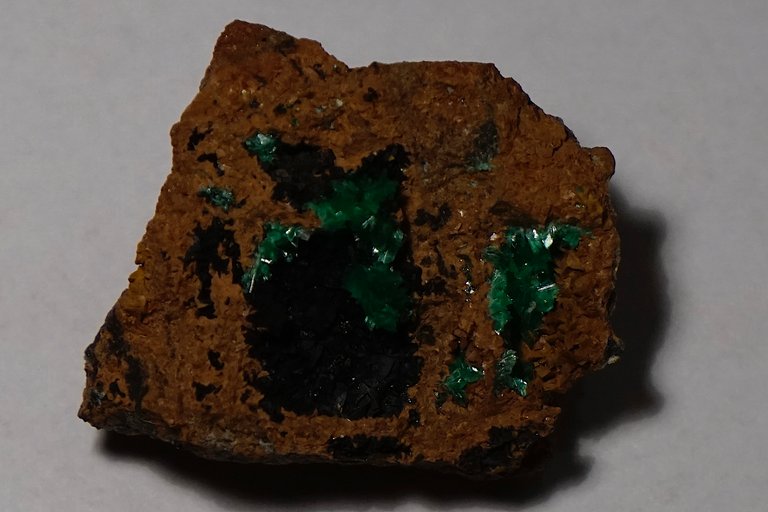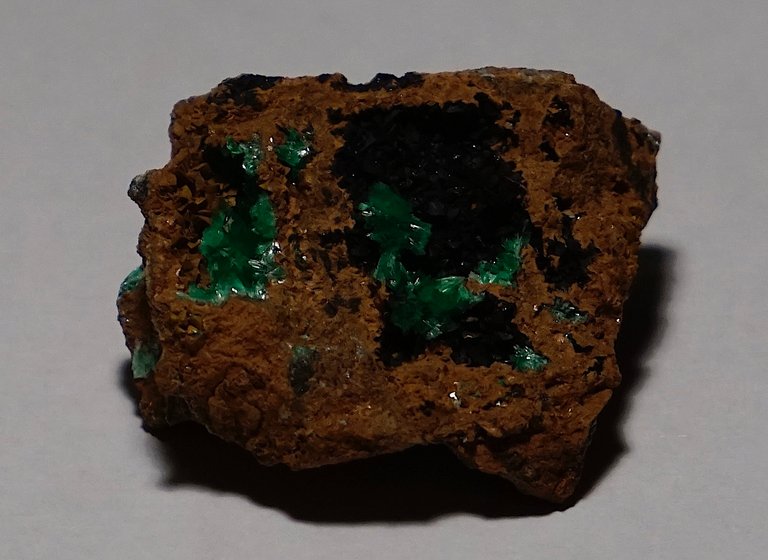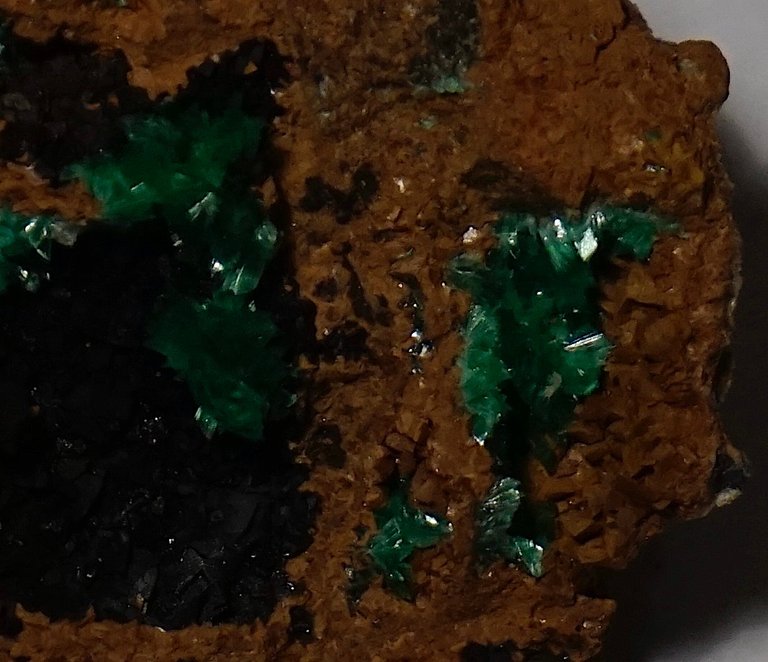Annabergite Mineral
Good day dear Hive community, I hope you all had a day that was full of positive experiences and you are doing well! In this post, I would like to bring a mineral a little closer and hope you find it informative and can learn something new.

Here you can see a rare mineral which is also known as Annabergite and it belongs to the arsenates, phosphates and vanatates. The mineral contains high amounts of nickel, but it is not really interesting as an ore due to its rarity and is only sometimes degraded and it is created by weathering at nickel-containing deposits. The color can vary from green, yellow to gray and gray specimens can be attributed to a high content of cobald and the best-known places of discovery are Greece, Switzerland, Australia or Mexico. Worldwide, it has been documented at over 300 different locations and this specimen originally comes from Greece from the Laurion area, which is located on the Aegean Sea and is one of the best-known destinations for mineral collectors. Over 400 different species can be found in Laurion and already the ancient Greeks and Romans cultivated various ores there and until the end of the 20th century, ores were still commercially mined here.

The first descriptions can be found in the 18th century where it has already been mentioned by the Swedish mineralogist and chemist Axel Frederic Cronstedt (1722 - 1765). The final description and naming can be traced back to the two mineralogists William Hallowes Miller (1801 - 1880) and Henry James Brooke (1771 - 1857) who named the mineral in 1852 after the place of discovery Annaberg in the ore mountains. Annabergite forms crystals that have a needle-shaped or prismatic appearance as well as a translucent to transparent transparency and like other minerals, when anabergite comes into contact with heat, it creates a smell reminiscent of garlic and this property can be traced back to the arsenic contained and the heating creates a gray nickel ball and in addition it is acid-soluble. From an industrial point of view, there are no real uses and also for processing jewelry it is too brittle and is rarely used and it is particularly interesting for collectors.

Many thanks for stopping by and I hope you like my new contribution! I captured these pictures with my Camera Sony Alpha 6000 plus 55-210 mm lens!
Now that is a true beauty! Wow!
Thanks for the kind words 🙂
Some minerals are so much pretty in appearance that I want to make jewelery by its raw form.
That’s definitely true!
This is really interesting. I mean the jewelry in side of it
It is rather not suitable for the production of jewelry due to the texture :)
https://twitter.com/lee19389/status/1717183179696513382
#hive #posh
It's undoubtedly a beautiful mineral. I believe there are many more minerals around yet to be discovered.
Thanks for your feedback :) That’s true, there are still many undetermined, interesting topic that you address!
https://twitter.com/LovingGirlHive/status/1717244613139091875
https://twitter.com/jewellery_all/status/1717267264951800074
A stone with different colors adds a lot to its beauty.
True :)
Yeah.